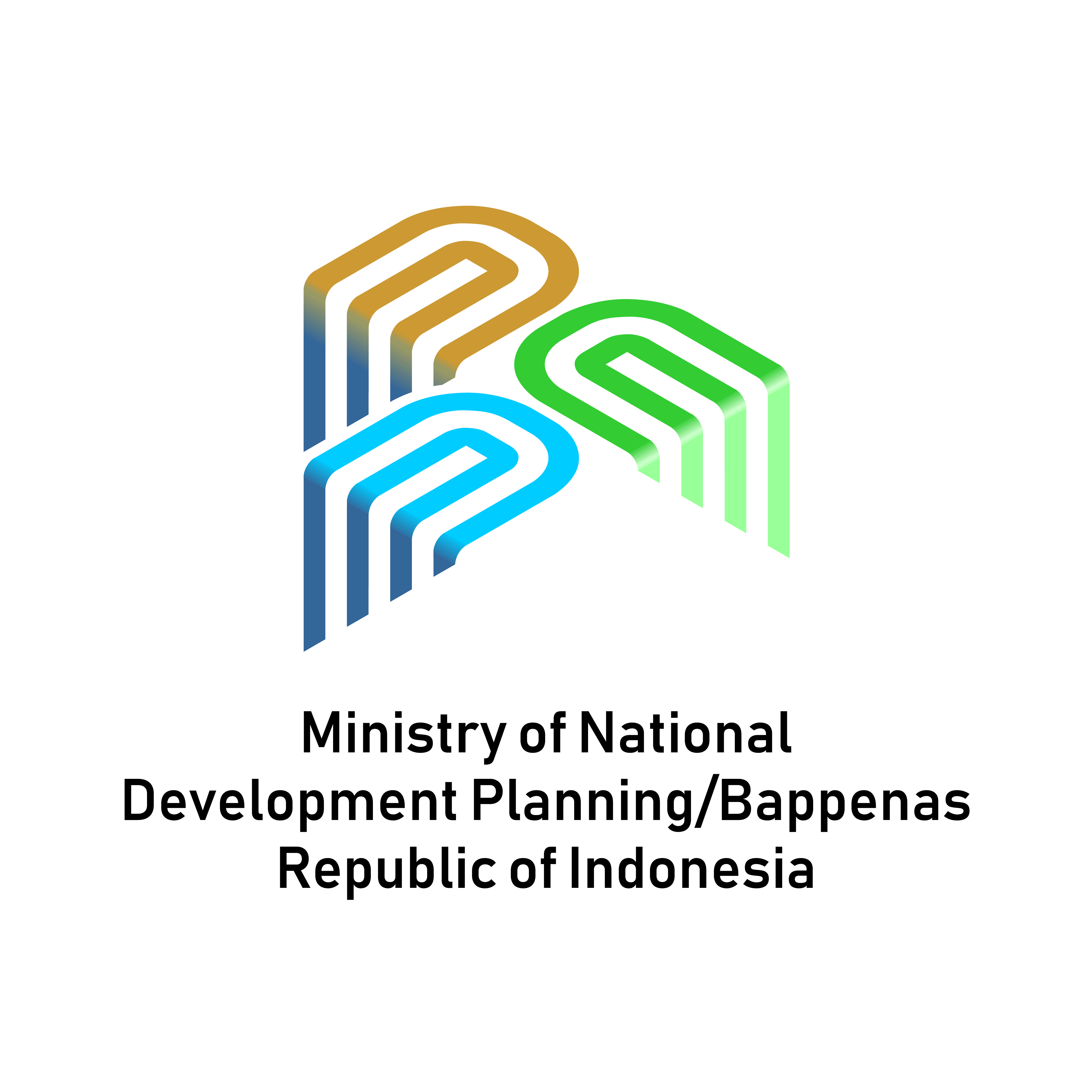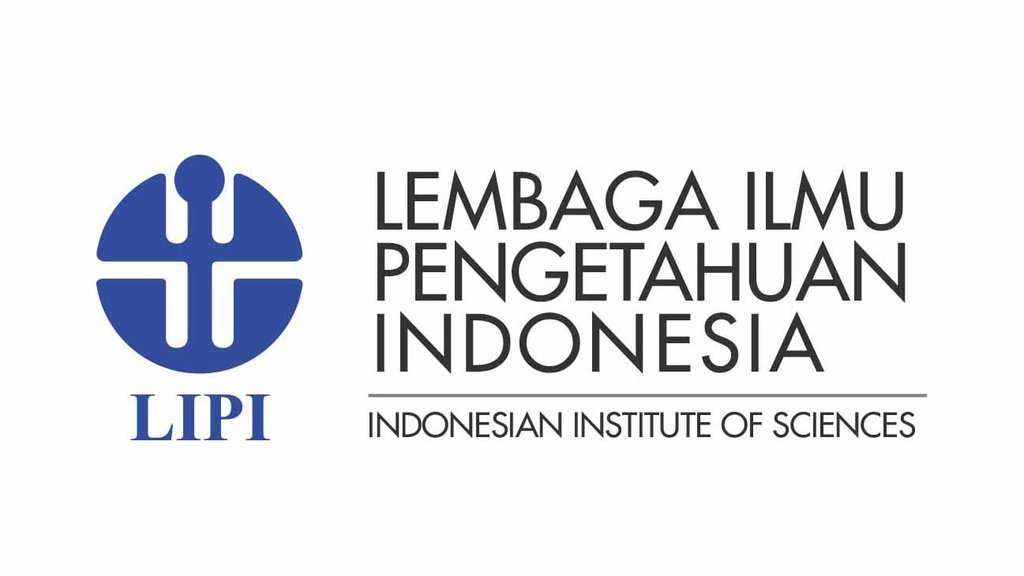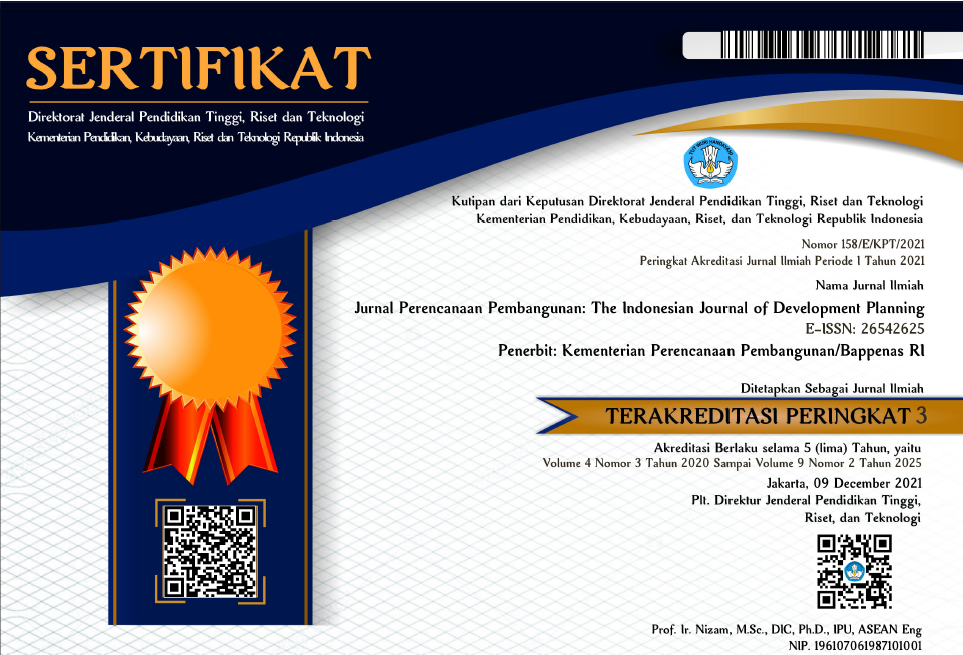When Growth is Inclusive in Indonesia?
DOI:
https://doi.org/10.36574/jpp.v1i3.19Keywords:
Inclusive Growth, Poverty, Pro-Poor Growth, Decomposition, Growth Incidence CurveAbstract
This study aims to measure and analyze the inclusive growth rate in Indonesia by using per capita expenditure data from Indonesian population. Inclusiveness of growth is observed from the Growth Incidence Curve and pro-poor growth approach using Poverty Equivalent Growth Rate (PEGR) method. It also sees the effect of growth and income redistribution on poverty change using Decomposition of Poverty through Shapley value. This research is divided into two periods, i.e. 2012-2014 and 2014-2016 by grouping the territory of Indonesia into three areas, i.e. Java and Bali, Sumatra and Kalimantan Island, and Eastern Indonesia. The result shows that in 2012-2014, the income growth in Indonesia is inclusive, while in 2014-2016 its growth is not inclusive yet. This is due to the effect of economic growth still hampered by the effect of income inequality over the years 2014 to 2016.
Downloads
Downloads
Published
How to Cite
Issue
Section
License
This is an open-access article distributed under the terms of the Creative Commons Attribution-NonCommercial-ShareAlike 4.0 International License. Copyright © Kementerian PPN/Bappenas RI


















